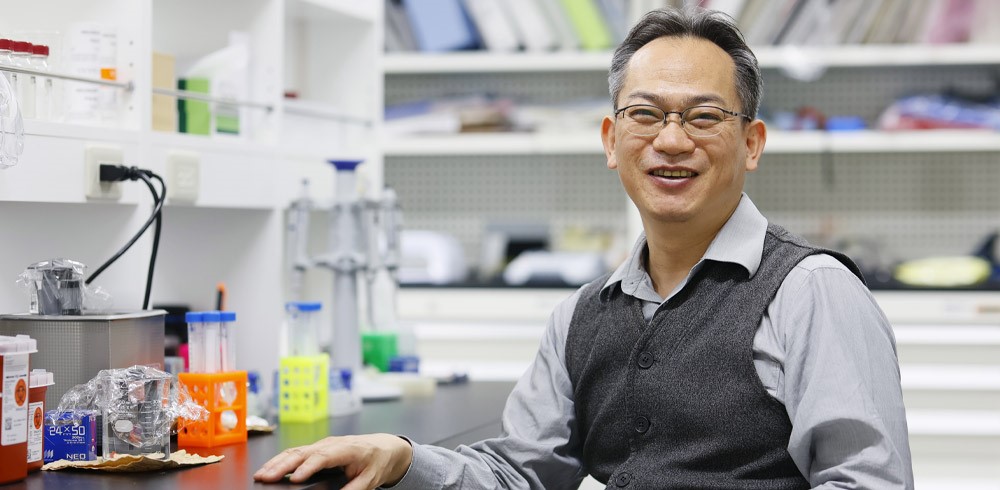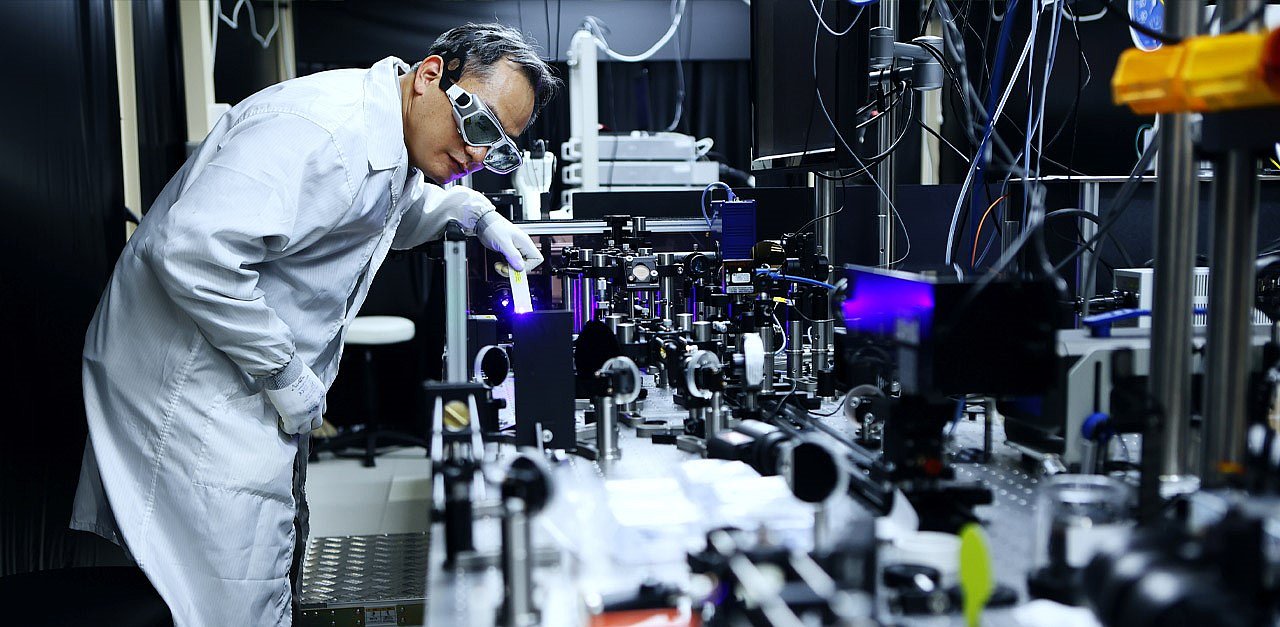Interview with Takao Fuji
Shortly after the attoworld team at TU Vienna succeeded in producing the first attosecond light flashes in 2001, Takao Fuji joined the team. Until 2006, he worked as a young postdoc in the research group in Vienna and later in Munich at the Max Planck Institute for Quantum Optics. After that, he moved back to Japan. He has now been a professor at the Toyota Technological Institute in Nagoya for several years. In the interview with Thorsten Naeser, he talks about his time in Germany, his work and the differences between the research landscape in Germany and Japan.
What did you research during your time in the attoworld-team?
I was mainly researching ultrafast Ti:sapphire oscillators and intense few-cycle infrared optical parametric amplifiers.
Concerning the Ti:sapphire oscillators, I contributed to the development of an ultrabroadband carrier-envelope phase (CEP) stable Ti:sapphire oscillator. During an experiment, I found that the CEP signal appeared in the very edge of the spectrum of the ultrabroadband Ti:sapphire laser pulse passed through a nonlinear crystal. The signal was able to be used for the stabilization of the CEP of the laser [T. Fuji et al. Opt. Lett. 30, 332 (2005)]. We succeeded in commercializing the laser system and one can still find it as a product named “Rainbow” from SpectraPhysics.
Concerning the intense few-cycle infrared optical parametric amplifier, it was the first demonstration of an infrared optical parametric amplifier for high field physics [T. Fuji et al. Opt. Lett. 31, 1103 (2006)]. It was predicted that long wavelength laser fields can efficiently induce highly nonlinear phenomena, something like high harmonic generation, due to the large ponderomotive potential. Our developed optical parametric chirped pulse amplifier (OPCPA) at 2 μm is the first demonstration of the generation of infrared few-cycle pulses which can be scaled to a light source for high field physics. Our demonstration made a trend of infrared OPCPA development in the ultrafast laser science field.
What are your current research interests?
Ultrafast laser science, more specifically, generation of ultimately short pulses and their applications. Recently, we have generated sub-half-cycle mid-infrared pulses [Opt. Express 28, 36527 (2020)] and used them for chemical imaging of liquids in a microfluidic device, plant cell, and mouse embryo section [arXiv:2209.06372]. We are also developing fiber lasers for multi-photon microscopy [OSA Continuum 3, 1428 (2020), arXiv:2210.01967]. I also contributed to inventing how to characterize the waveform of extreme ultraviolet synchrotron radiation [arXiv:2210.06652].

How does research in Japan differ from research in Germany?
The largest difference would be the size of each research group. In particular, the attoworld-team has something like 100 postdocs and PhD students but it is impossible in Japan. In Japan, usually a single professor can hire only one or two postdocs.
Are there any opportunities to work in your group?
Yes, it is always welcome that someone joins our group and does research together. Recently, I asked one of your secretaries to circulate an advertisement for open PhD student and postdoc positions in our group. I would be happy to work with some of the guys of the attoworld team.
What is the daily life like in Japan? Can you tell us some differences between living in Japan and in Germany?
A lot of things are different in Japan. For example, our transportation system is much more complex. There are many train companies and they are connected in very complex ways. Even Japanese people take time to understand the structure of the transportation system in a local area. Most of the streets do not have a name in Japan. Therefore, the Japanese addressing system becomes extremely complex. Most Japanese people do not use the address to find a place, but try to find a prominent building near the destination. Most supermarkets and shops are open every day, including Sunday. You do not need to rush to go shopping on Saturday.
You can find many varieties of restaurants in Japan. Even small restaurants provide high quality dishes with very reasonable prices. On the other hand, some fundamental food, in particular vegetables and fruits, are relatively expensive. I guess that Japanese people more often go out to restaurants in their daily life.
I do not know why, but a lot of foreigners seem to highly evaluate Japanese animations. You can enjoy many shops, museums, and parks which have Japanese animation motifs in Japan. Recently, Ghibli Park has just opened very close to Nagoya. A lot of fans of Ghibli movies can enjoy the park very much.
What awaits a scientist when he decides to move from Germany to Japan? Would you recommend working in Japan one day?
Scientific life in Japan strongly depends on the group leader. You might be able to recognize a professor who can efficiently work with foreigners from the author lists of his publications. It is also important how much the administrative office of the institute is helpful for foreigners. Anyway, Japanese culture is so unique that most Europeans would be confused at first. I have seen a lot of such postdocs and PhD students in my research career. My impression is that most of them could eventually enjoy Japanese life and they are also successful as scientists afterward. In my opinion, the experience of working in such a unique country for a few years, even for several months, can be an invaluable experience in your life.
